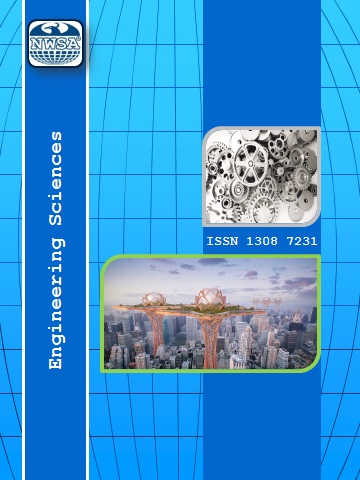USAGE OF MARITIME SIGN LANGUAGE ON BOARD
KAAN KOYUNCU1
,
Leyla TAVACIOĞLU 2
Seafarers must be able to communicate effectively in English at sea and in port to ensure the safety and security of ships, crew and passengers. International Maritime Organization (IMO) adopted English as the official language to solve the communication problems. Research shows that the usage of English by seafarers is not encouraged and they have difficulty in communicating not only among themselves but also with the outside agencies. In this paper, it is indicated that the interactions onboard are not only verbal, but also non-verbal that can be realized through Maritime Sign Language, the purpose of which is to enhance onboard communication. In addition, it aims to increase the safety on board and interaction among crew members through the usage of simplified, standardized and universalized sign language, which proves to be much more efficient in loud working environments or in the cases where verbal means of communication are inadequate. Within the scope of this research, descriptive statistics, reliability of questionnaire, ANOVA with Tukey's test for non-additivity, Hotelling's T-Squared test, Chi-Square, and Factor analysis are utilized for the interpretation and analysis of quantitative data. Therefore, quantitative research design was used through a self-reported questionnaire to collect data about the participants sea experience, cultural factors, and verbal and non-verbal communication skills and to investigate the relation between these factors.
Keywords
Sea Language,
Maritime Sign Language,
SMCP,
Deck,
Non-Verbal,
 +90(535) 849 84 68
+90(535) 849 84 68 nwsa.akademi@hotmail.com
nwsa.akademi@hotmail.com Fırat Akademi Samsun-Türkiye
Fırat Akademi Samsun-Türkiye
